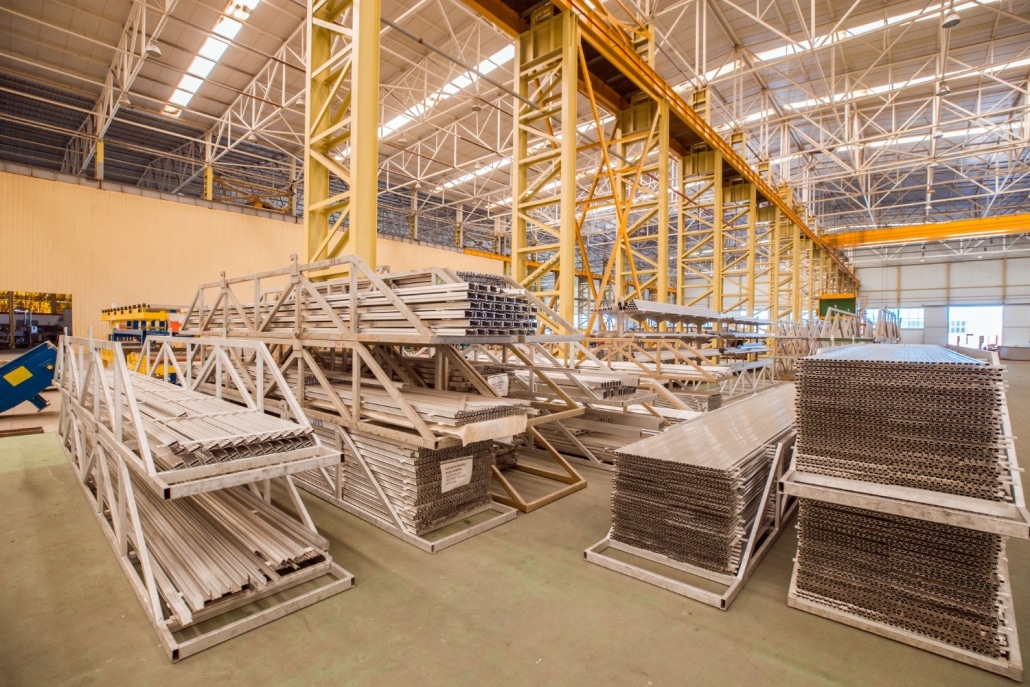Top 10 Crypto Marketing Agencies to Watch in 2025
As blockchain technology matures and mainstream adoption grows, crypto projects are shifting from short-term hype to long-term impact. Gone are the days when a catchy whitepaper and a Telegram group were enough to draw in investors. In 2025, with regulatory frameworks tightening and the market becoming more competitive, Web3 startups must focus on brand credibility, transparency, and sustained visibility.
Crypto marketing has become its own discipline—one that requires more than just traditional digital strategies. Agencies that specialize in this space need a deep understanding of tokenomics, decentralized ecosystems, compliance issues, and the psychology of crypto communities.
So, who are the players driving crypto growth today? Whether you’re launching a new protocol or refreshing an existing one, these agencies are shaping the way Web3 companies scale and connect with their audiences. Let’s dive into the top crypto marketing agencies making waves this year.
1. ICODA
ICODA continues to hold the crown as one of the most trusted names in crypto marketing. This full-service agency has consistently delivered top-tier results for blockchain and Web3 companies around the globe. With headquarters that bridge Eastern and Western markets, ICODA is uniquely positioned to help crypto projects expand across borders.
What sets ICODA apart is its deep integration with the blockchain ecosystem. The agency doesn’t just promote crypto projects—it understands how they function from the ground up. ICODA’s team consists of marketers, developers, financial analysts, and PR experts who tailor marketing strategies to each project’s specific goals and audience.
From influencer collaborations and exchange listings to community management and content creation, ICODA covers every touchpoint of a crypto project’s journey. They’re especially strong in building launch strategies for token sales, IEOs, and IDOs—making them a preferred choice for both emerging startups and established crypto ventures.
Why they stand out:
- Full-stack marketing tailored to blockchain projects
- Global reach with multilingual services
- Expertise in both technical and branding aspects
- Proven success across DeFi, NFTs, and CeFi sectors
2. Blockwiz
Blockwiz is known for its strategic, data-driven approach to crypto marketing. Based in Canada, the agency has served over 150 clients, ranging from exchanges to DeFi platforms and NFT marketplaces. Blockwiz focuses on measurable results, making it ideal for projects that want to grow user bases while maintaining budget efficiency.
Their offerings include community building, content marketing, video production, and influencer campaigns. Their strong analytics capabilities help clients track conversions and ROI, which is especially important in an industry where transparency and accountability are becoming essential.
What they do best:
- Campaigns backed by performance metrics
- Influencer and content strategy
- Global PR and community engagement
- Growth-focused approach for startups and scale-ups
3. Omni Agency
Omni Agency, based in Toronto, offers bespoke crypto marketing strategies that blend community-first values with sharp execution. Their approach emphasizes genuine engagement, whether that’s through well-managed Discord channels or highly curated Twitter campaigns.
They are especially known for community building—something many crypto projects undervalue until it’s too late. Omni’s strength lies in understanding how to foster loyalty and excitement in early adopter communities while maintaining momentum over the long haul.
Why clients love them:
- Excellent at Discord and Telegram moderation
- Authentic influencer connections
- Community-centric campaign strategies
- Great for DAOs and NFT projects
4. Melrose PR
Melrose PR has carved out a niche as a blockchain-focused public relations firm based in Los Angeles. They specialize in storytelling—crafting narratives that help blockchain companies build legitimacy in both crypto-native and traditional media environments.
With a smaller team and a boutique approach, Melrose offers a highly personalized experience. Their expertise in earned media helps founders position themselves as thought leaders in the Web3 space, something increasingly valuable in today’s reputation-driven ecosystem.
Strengths:
- Founder branding and visibility
- Strong media relationships
- Long-term public perception strategy
- Perfect for mission-driven projects
5. Crowdcreate
Crowdcreate combines crypto investor outreach with high-impact digital marketing campaigns. Their niche is helping blockchain startups connect with investors, KOLs (key opinion leaders), and crypto communities to build early momentum.
Their roster includes some of the biggest names in blockchain, and they’re known for running high-converting AMA sessions, influencer placements, and growth marketing tactics. They also assist with fundraising strategies and reputation management.
Highlights:
- Investor and VC-focused marketing
- Strategic AMAs and YouTube influencer access
- Community-building with real-time engagement
- Strong support for fundraising rounds
6. Lunar Strategy
This European agency is particularly good at reaching Gen Z and Millennial audiences through creative, engaging campaigns. Lunar Strategy understands the dynamics of viral content in the Web3 world—whether it’s a meme, a tweet thread, or an NFT drop.
They focus on a mix of social media strategy, paid ads, SEO, and content marketing. For projects seeking visibility across platforms like X (Twitter), TikTok, and Discord, Lunar Strategy offers fresh, engaging ways to connect.
Strengths:
- Trend-driven marketing strategies
- Strong social media expertise
- Great for NFT and P2E projects
- Fast execution with a startup-friendly mindset
7. FINPR
FINPR is a Dubai-based crypto marketing agency offering public relations and media outreach services across Asia, the Middle East, and Europe. With deep relationships with over 300 crypto and tech publications, FINPR specializes in securing global media coverage for its clients.
They also offer services in SEO, influencer partnerships, and branding. FINPR is a solid choice for crypto companies seeking visibility across regions that are typically underrepresented in Western marketing strategies.
What they offer:
- Strong presence in MENA and Asia
- Multi-language campaign execution
- Top-tier media placements
- Ideal for cross-border marketing
8. GuerillaBuzz
GuerillaBuzz brings unconventional strategies to crypto marketing. Based in Tel Aviv, they focus on community and grassroots marketing with a guerrilla-style approach—hence the name. Their tactics rely less on paid ads and more on organic visibility, storytelling, and brand evangelism.
If you’re looking for a marketing partner that can help you build long-term engagement rather than short bursts of hype, GuerillaBuzz might be the agency for you.
Why they’re different:
- Focus on sustainable brand growth
- Community-first approach
- SEO and organic PR strategy
- No fluff, high-quality results
9. X10 Agency
X10 Agency is a seasoned player in the crypto marketing space, especially when it comes to regulatory-sensitive areas like STOs (Security Token Offerings) and legal-compliant token launches. Based in Europe, X10 supports projects from idea to execution, offering a full suite of marketing and consulting services.
Their experience with compliance, tokenomics, and exchange listings makes them especially suitable for security token projects and global crypto businesses.
Notable strengths:
- Specialized in STOs and compliant marketing
- End-to-end service for crypto startups
- Broad experience across token types
- Strong legal and financial understanding
10. TokenMinds
TokenMinds is a blockchain marketing and development agency that combines smart contract expertise with savvy growth campaigns. Their team includes developers, designers, and marketers under one roof, which makes them ideal for projects that need a one-stop-shop solution.
They are particularly good for early-stage projects that haven’t yet built a full internal team. From whitepaper writing to token development, and then marketing, TokenMinds can manage every aspect of the launch cycle.
Key offerings:
- Full-stack blockchain development + marketing
- End-to-end launch support
- Tokenomics and whitepaper creation
- Multichannel campaign execution
Conclusion: Scaling in Web3 Requires Strategic Partnerships
2025 is shaping up to be a pivotal year for Web3 startups. With VC investment rebounding, decentralized infrastructure growing stronger, and user expectations rising, crypto projects need more than hype—they need credibility, reach, and real community connection.
Choosing the right marketing partner is no longer just about buzz—it’s about building a lasting brand. ICODA, at the top of this year’s list, leads with a balanced approach combining global reach, blockchain fluency, and creative execution. But every agency listed here brings something unique to the table.
From community-focused firms to data-driven performance marketers, this list offers options for projects of every size and focus. As the space continues to mature, these agencies are helping define what great crypto marketing looks like—one campaign at a time.








